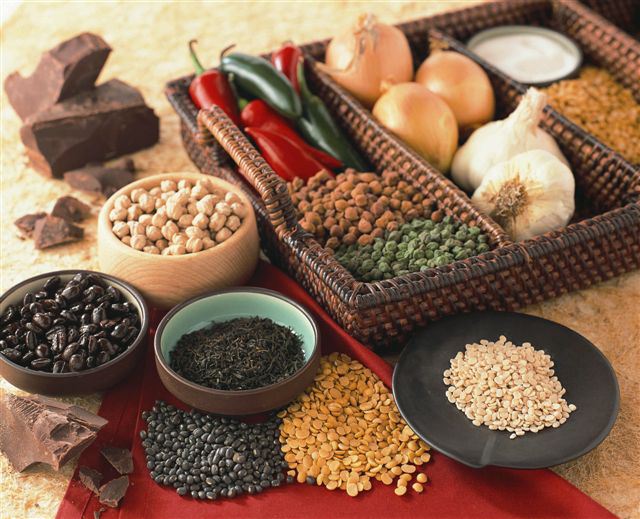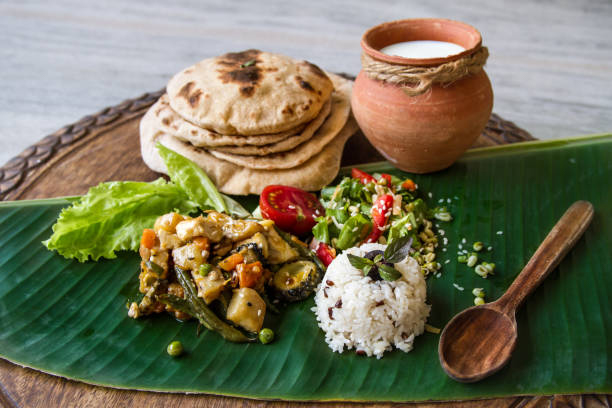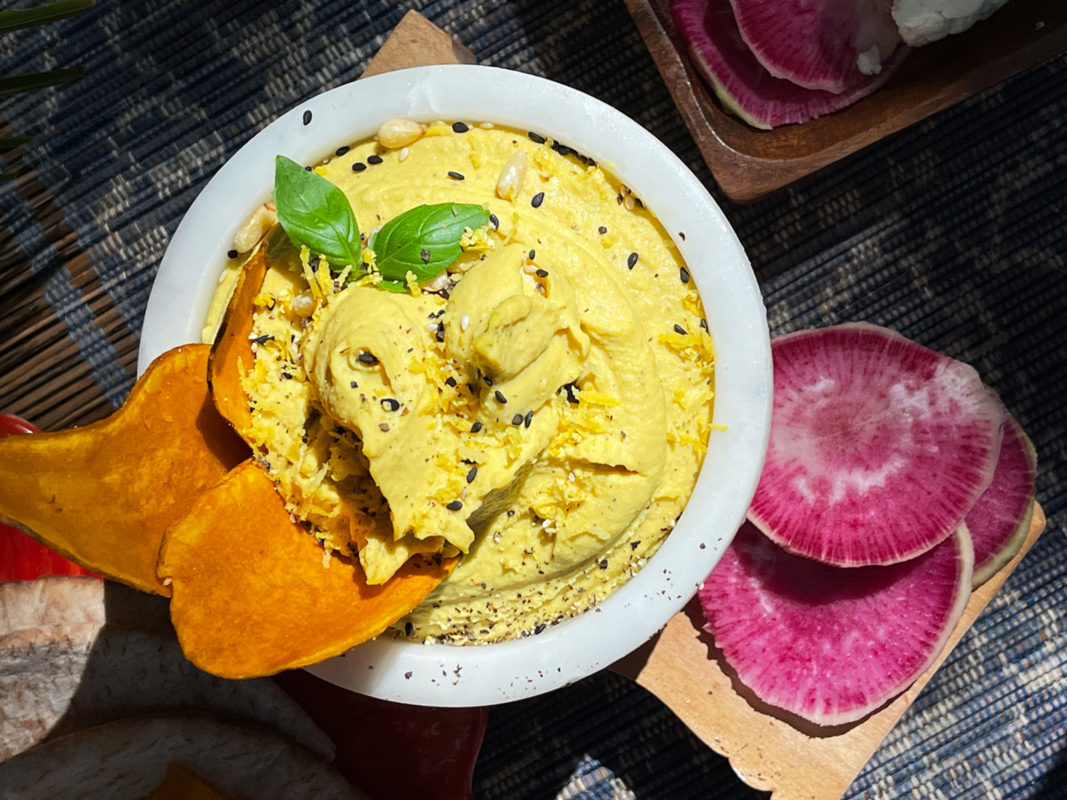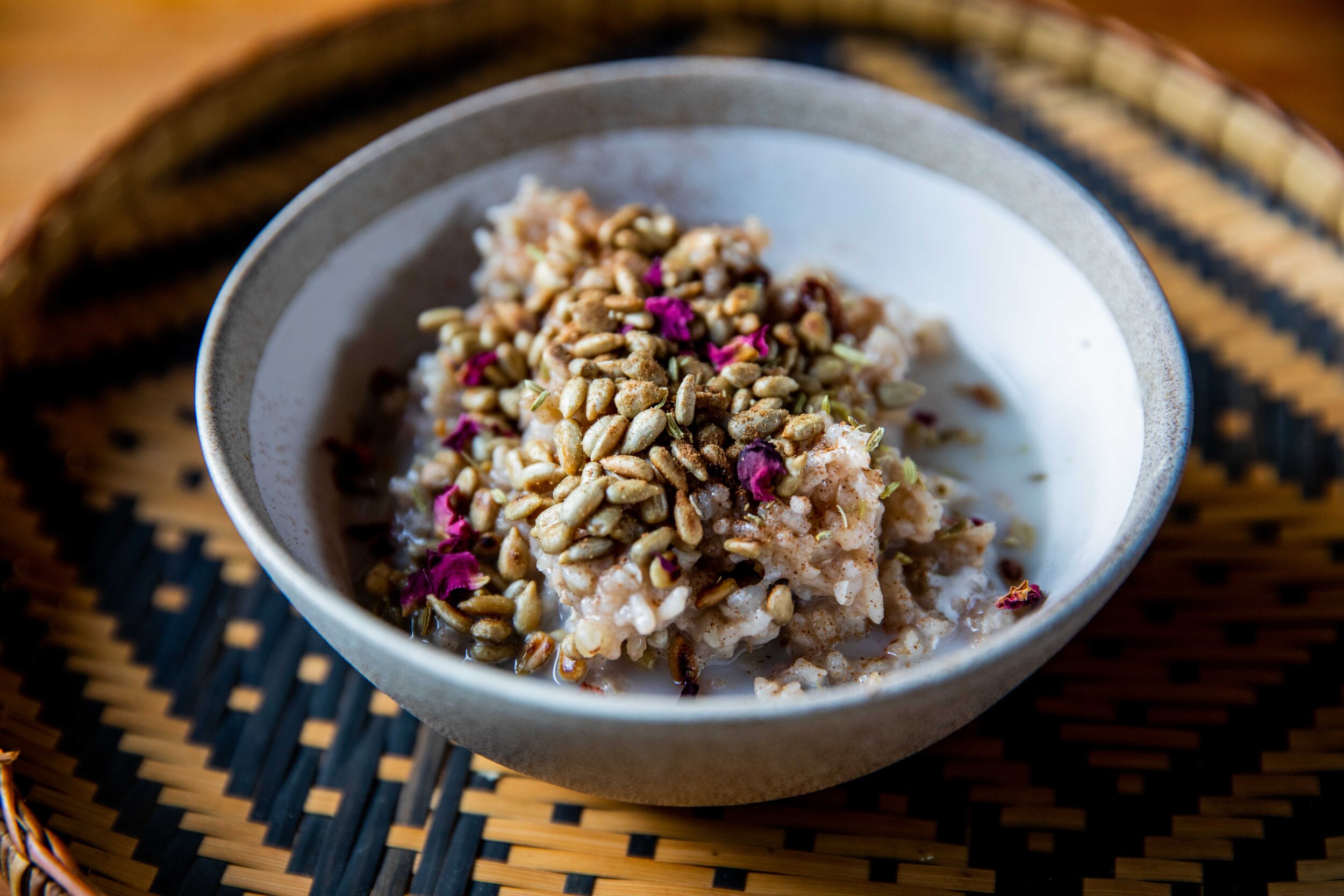The Yoga practice is all about the full breath and the physical strength should be able to be used up to your personal limits. Therefore it is very important that your body can concentrate on the practice and, for example, do not have to engage in intensive digestive activity. At the same time, you should not feel hungry. The Yoga philosophy has some techniques and principles that teach us how to better focus on our practice. One principle, for example, is Ahimsa:
AHIMSA – Sanskrit, ahiṃsā, literally means nonviolence – one of the most important principles in Hinduism, Jainism, and Buddhism.
Ahimsa means, in context to yoga, to prepare your body for your practice in the best possible way and not to strain it unnecessarily. Stress means for your body to go into certain asanas with a full stomach. Not drinking water during the practice is part of Ahimsa. Since you should put your body’s attention on the asana practice and not on the intake of water at the same time.
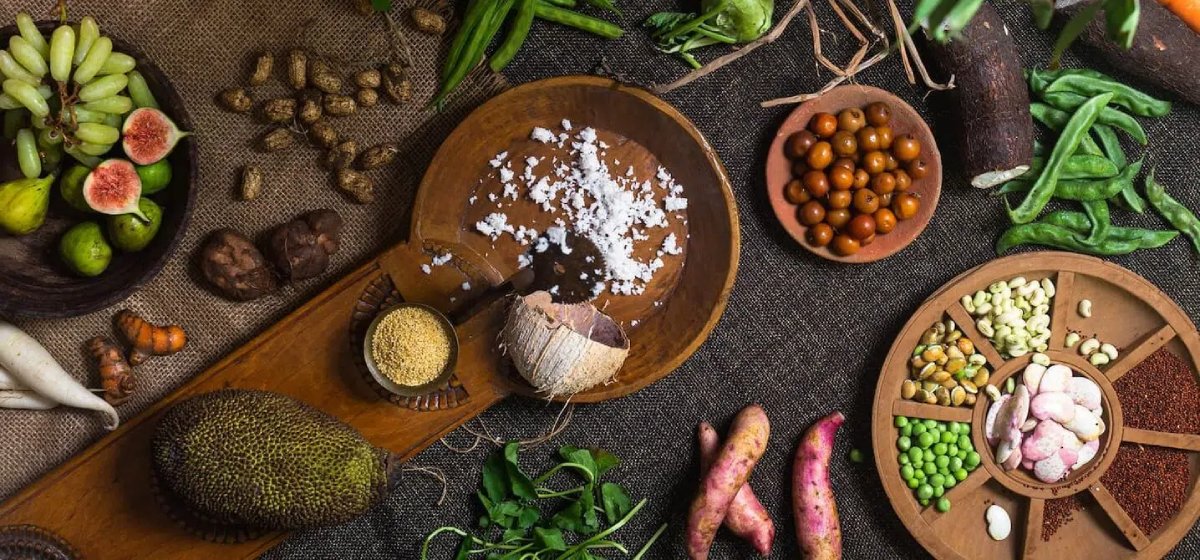
"Let food be thy medicine, thy medicine shall be thy food"
- Hippocrates
The fact that your diet influences your body is something you have probably long since realized. But even in science, it is no longer a secret that the way you eat and the food you choose can influence your mind
Yogis understood long ago that the type, quality, and quantity of food consumed not only nourishes and shapes the physical body, but also influences the mind and emotions of human beings in a more subtle way. The holistic concept of yoga nutrition aims at cleansing, strengthening, and developing all levels of our human existence. While most other nutrition systems focus on the physical and chemical effects of nutrition, yoga nutrition also considers the mental and spiritual aspects of our food.
The Ayurveda as well as Yoga philosophy describes three subtle energies, which can be found in many areas of life, also in yoga nutrition. These energies are also called Gunas: Tamas (inertia), Rajas (restlessness), and Sattva (lightness).



